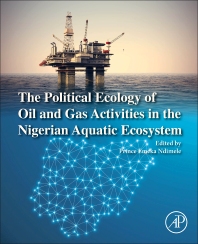Books in Environmental sciences
Books in Environmental sciences
The Environmental Sciences titles present critical research and insights into the complex interactions within natural ecosystems, climate systems, and human impacts on the environment. Covering areas such as biodiversity, sustainability, climate change, and resource management, these titles support scientific discovery and practical solutions for addressing today’s most pressing environmental challenges. This collection is essential for researchers, policymakers, and students dedicated to advancing environmental understanding and stewardship

Bio-Geotechnologies for Mine Site Rehabilitation
- 1st Edition
- M.N.V. Prasad + 2 more
- English

Encyclopedia of the Anthropocene
- 1st Edition
- Michael I Goldstein + 1 more
- English

Biodiversity and Health
- 1st Edition
- Serge Morand + 1 more
- English

Nanomaterials in Plants, Algae, and Microorganisms
- 1st Edition
- Durgesh Kumar Tripathi + 4 more
- English

Synoptic Analysis and Forecasting
- 1st Edition
- Shawn Milrad
- English

Evolution of Dental Tissues and Paleobiology in Selachians
- 1st Edition
- Gilles Cuny + 2 more
- English

Floods
- 1st Edition
- Freddy Vinet
- English

Palaeobiology of Giant Flightless Birds
- 1st Edition
- Delphine Angst + 1 more
- English

Participatory Modelling for Resilient Futures
- 1st Edition
- Volume 30
- English

The Political Ecology of Oil and Gas Activities in the Nigerian Aquatic Ecosystem
- 1st Edition
- Prince Emeka Ndimele
- English